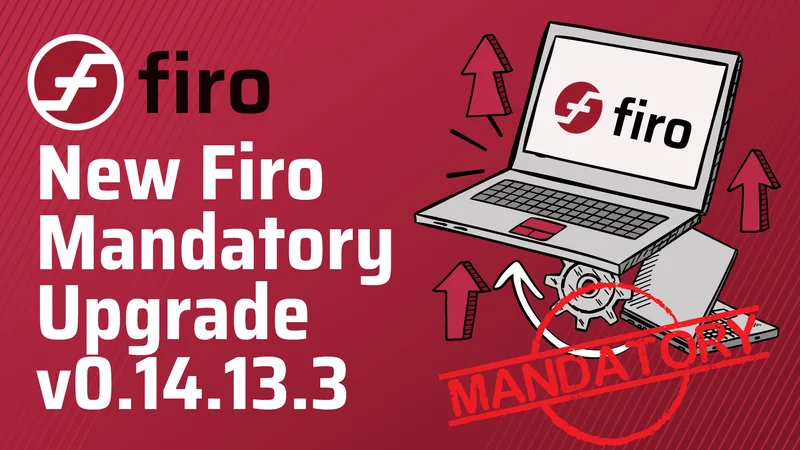California's "Forecast Informed Reservoir Operations": Are We Smartening Up, or Just Kidding Ourselves?
Alright, so California's rolling out this "Forecast Informed Reservoir Operations" thing, or FIRO. Supposedly it’s gonna revolutionize water management. Let's be real, though: every other week, some new tech is supposed to save us from ourselves.
They're acting like this is brand new. Like, finally, we’re using weather forecasts to manage reservoirs. Give me a break. We've had weather forecasts for, what, a hundred years? It's like they just discovered fire.
The idea, as I understand it, is to use weather predictions to decide how much water to release from reservoirs. Release water before a big storm to prevent flooding, and hold water back if it looks like it’s gonna be dry. Sounds simple, right? Too simple. What if the forecast is wrong? Then we're screwed.
And I know what you’re thinking: "But Nate, forecasts are getting better!" Offcourse they are. But "better" ain't the same as "perfect." We're still talking about predictions, not certainties.
They're even talking about using AI now. AI! Slapping AI on everything is the new "blockchain." It's the buzzword that makes investors drool, even if it doesn't actually do anything useful. But, maybe it will help. Maybe.
One article I read called it "avoiding water FOMO." The fear of missing out...on water? Are we seriously applying millennial anxieties to reservoir management now? This is peak California right here. According to FIRO to Avoid Water FOMO: How to Save Every Drop with Smart Reservoir Operations in California, smart reservoir operations can help avoid water FOMO. This is peak California right here.

But here's the thing: it could work. If the forecasts are accurate, and if the reservoir operators aren't idiots, and if the politicians don't screw it up with their usual meddling...then, yeah, maybe we can squeeze a little more efficiency out of our existing infrastructure.
They're saying that FIRO allows for an additional 11,650 acre-feet of water storage at Lake Mendocino. That's great, I guess. But is that really going to make a dent in a state that's constantly teetering on the edge of drought? Or is it just a drop in the bucket?
Oh, and let's not forget about the challenges. You need specialized expertise, a culture shift, community buy-in…all the things that California agencies are notoriously bad at. And every watershed is different, so you can't just copy-paste the solution from Lake Mendocino to, say, the Sacramento River.
Here's what really bugs me: they're acting like this tech solution is a substitute for, you know, actual water infrastructure. Like building more reservoirs, fixing leaky canals, and investing in desalination. It's not. It's a Band-Aid on a gaping wound. It's rearranging the deck chairs on the Titanic.
And what happens when the next mega-drought hits? When the snowpack disappears entirely? When the Colorado River dries up completely? Will FIRO save us then? I doubt it.
Then again, maybe I'm being too cynical here. Maybe this is a genuinely good idea that will help us manage our water resources more effectively. Maybe I should just shut up and let the experts do their thing.
Nah.
Look, I'm not saying FIRO is a complete waste of time. But I am saying that it's not the silver bullet they're making it out to be. It's a tool, and like any tool, it can be used effectively or it can be used to bludgeon yourself in the foot. And in California, we have a long and proud history of bludgeoning ourselves in the foot when it comes to water management.